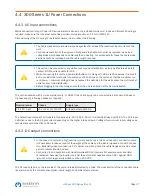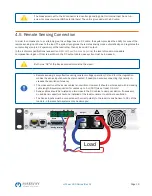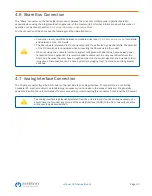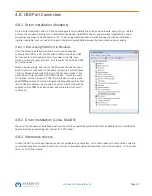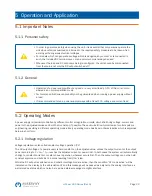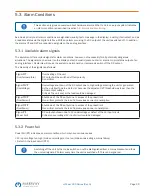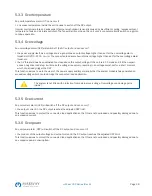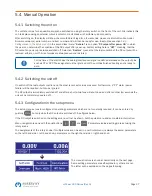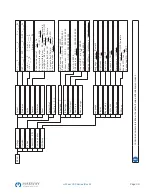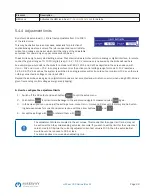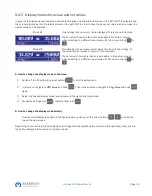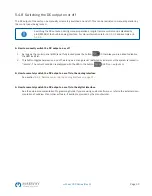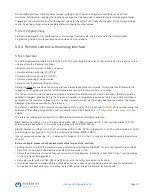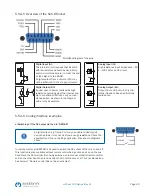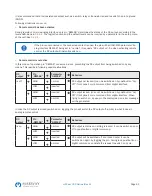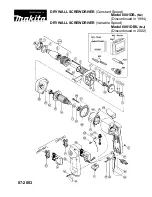
Page 26
mPower 300 Series (Rev G)
5.3.3 Overtemperature
An overtemperature alarm (OT) can occur if
•
an excess temperature inside the unit causes to switch off the DC output.
Internal overtemperature and subsequent temporary shutdown is usually caused by insufficient cooling (excess ambient
temperature, fans and air inlets polluted). The fans will still cool down the unit until it can automatically switch on again to
continue operation.
5.3.4 Overvoltage
An overvoltage alarm (OVP) will switch off the DC output and can occur if
•
the power supply itself, as a voltage source, generates an output voltage higher than set for the overvoltage alarm
threshold (OVP, 0–110% U
Nom
) or the connected load somehow returns voltage higher than set for the overvoltage alarm
threshold
•
the OV threshold has been adjusted too close above the output voltage. If the unit is in CC mode and if it then experi-
ences a negative load step, it will make the voltage rise quickly, resulting in an voltage overshoot for a short moment
which can already trigger the OVP
This function serves to warn the user of the power supply audibly or visually that the system probably has generated an
excessive voltage which could damage the connected load application.
The system is not fitted with protection from external overvoltage. Overvoltage can damage parts
inside!
5.3.5 Overcurrent
An overcurrent alarm (OCP) will switch off the DC output and can occur if
•
the output current in the DC output reaches the adjusted OCP limit.
This function serves to protect the connected load application so that this is not overloaded and possibly damaged due to
an excessive current.
5.3.6 Overpower
An overpower alarm (OPP) will switch off the DC output and can occur if:
•
the product of the output voltage and output current in the DC output reaches the adjusted OPP limit.
This function serves to protect the connected load application so that this is not overloaded and possibly damaged due to
an excessive power consumption.






